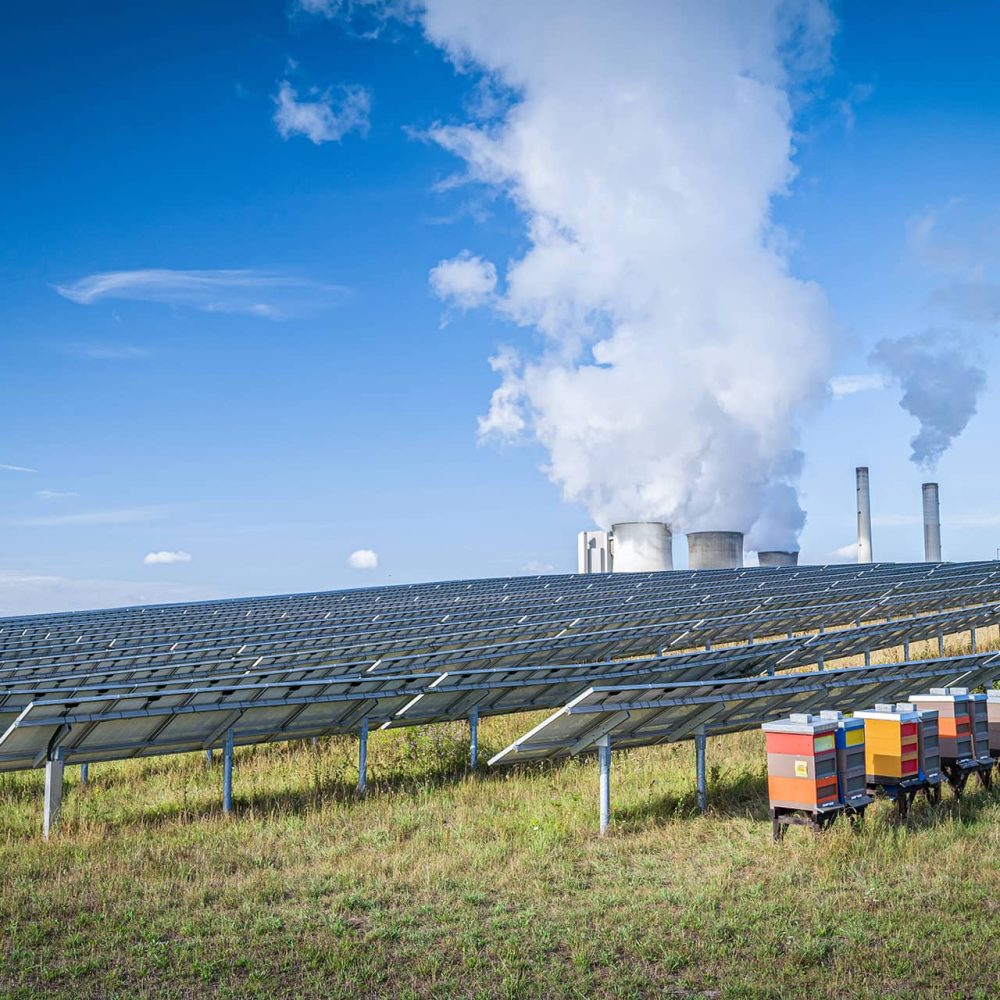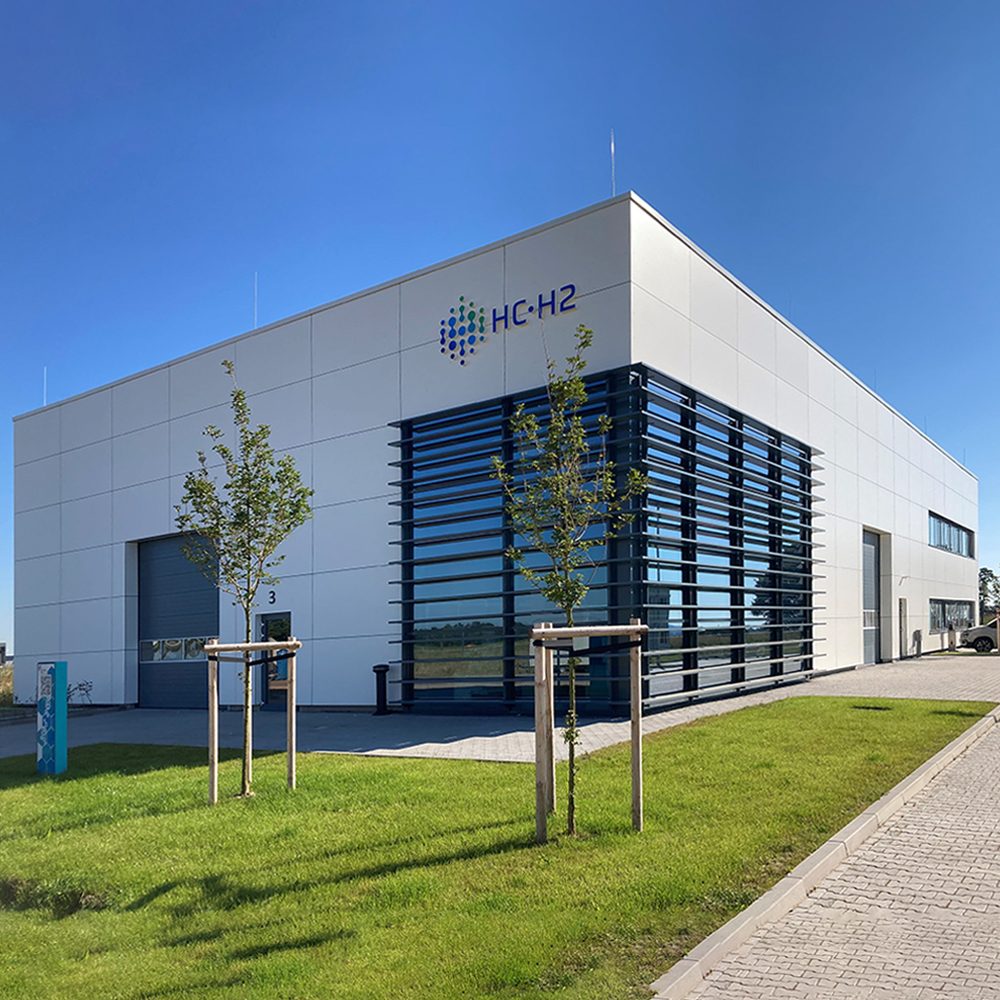
VISION
What are our goals?
The Helmholtz Cluster for a Sustainable and Infrastructure-Compatible Hydrogen Economy (HC-H2) has two major objectives: Firstly, we aim to make a contribution in the fight against climate change. We want to show just how important hydrogen can be in everyday use as a carbon-neutral energy carrier so that the world can stop burning fossil fuels such as coal, oil, and gas.
Secondly, we want to be an important part of the solution for structural change in the Rhenish mining area. Structural change is already underway, as companies in the region have started reducing their generation of electricity from lignite. This means that jobs in the lignite industry will start to disappear. New jobs must therefore be created. Such jobs are now being established in cooperation with our partners in business, industry, and science, including in our cluster in the Rhenish mining area.
There’s still a way to go to reach our goals. Today, hydrogen is typically supplied in one of two states: either as a gas compressed at high pressure (up to 700 bar) or as a cryogenic liquid (approx. -250 degrees Celsius). This is where the Helmholtz Cluster for a Sustainable and Infrastructure-Compatible Hydrogen Economy (HC-H2) comes in. The aim in Jülich and the Rhenish mining area is to conduct basic research in order to demonstrate storage methods to the world that will help make hydrogen an everyday energy carrier or fuel that can be made available without the need for high pressure or very low temperatures.
The HC-H2 is therefore planning, among other things, demonstration projects to show that the research results work in practice and on a large scale. The Institute for Sustainable Hydrogen Economy (INW) at Forschungszentrum Jülich is conducting the basic research. A hydrogen demonstration region is being created around the INW in co-operation with partners from industry, business and research. It is important that existing infrastructures such as pipelines, refuelling stations and tanks can continue to be used.
By focusing on the topic of infrastructure compatibility, we are aiming to speed up implementation. In most cases, the creation of new infrastructure is more time-consuming that the development of the technology itself. If, with our new technologies, we succeed in being able to handle green hydrogen in existing gas pipelines, but especially in existing infrastructure for liquid energy carriers (e.g. tankers, tank trucks, tank farms), where we no longer want to have any fossil mineral oil products in future, then we can significantly accelerate the energy transition not only here in North Rhine-Westphalia, but also in Europe and throughout the world.
Where are new jobs being created?
Creating jobs with a technology of the future is the central theme at INW and HC-H2, alongside climate protection. On the one hand, new jobs are created with the growth of the INW. We hope that this and the success of the demonstration projects that we set up and operate with our partners in the HC-H2 will have a kind of pull effect that will lead to the establishment of new companies or growth at our partner companies. This clearly shows that, in addition to academics, qualified skilled workers must also play an important role in HC-H2 in the long term.
If we want technologies to reach market maturity, we must successfully set up and operate the demonstration facilities so that they can then be exported. This is something that will not only be achieved by us, but also companies that we would ideally like to already have on board as project partners. In short, we are creating new jobs with hydrogen, a carbon-neutral and decentralized energy carrier, where jobs are being lost due to the phasing out of lignite.

When do we aim to achieve our objectives?
Around 110 employees currently work at the Institute for a Sustainable Hydrogen Economy (INW) at Forschungszentrum Jülich, and the institute is set to grow significantly in the coming years. With Andreas Peschel, Regina Palkovits and Hans-Georg-Steinrück at the helm, three of the institute’s four future basic research departments have been launched.
The construction of a technical hall was completed in autumn 2023. By the end of the decade, the HC-H2 will have grown into a campus landscape with a new research building at its centre.
In addition to the four institute areas for basic research, there is also the area for the demonstration region, in which innovative hydrogen technologies can be developed and demonstrated as quickly as possible in the Rhine region. The first major demonstration project has been launched with the Erkelenz multi-SOFC.